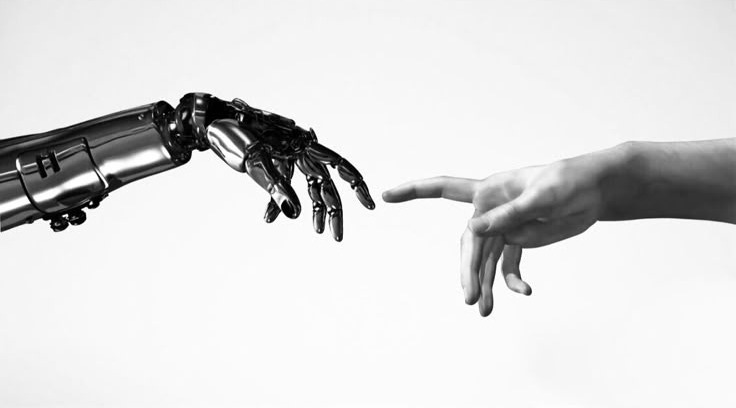It’s been yet another crazy week, and as we inch closer to WW3, I’ve been thinking a lot about the end of the world. The last few years have been marked by global dissent and confusion, which was sparked by Trump’s first term and exacerbated by the worldwide pandemic.
In a 2021 article from The Nation, Tom Engelhardt writes that we are getting closer and closer to the end of the world, and its cause might be increased nuclear capabilities, but indirectly. Engelhardt takes a more realistic stance that, due to our rising spending on the military and nukes, we are taking money and attention away from the climate crisis. He calls the climate crisis a “slow-motion nuclear holocaust,” highlighting that the call is coming from inside the house and that it’s likely already too late.
As we watch the “12 Day War” quickly become the 13 Day War (one might argue that is because Iran didn’t know about it until Trump’s tweet), that end of times seems near. And as the end gets closer, people are starting to get more desperate for salvation. The answer? AI.
This may sound weird and far-fetched, but it is simply the facts that we are working with. Recently, the global population has felt that the clock is ticking towards 3 seconds to midnight, and all the problems we have created are starting to catch up to us. And for a lot of people, the solution is salvation via our AI companions.
In a 2017 Vice article, Wolfram Klinger wrote about how Silicon Valley has been cultivating this image for some time. A former engineer at Waymo went on to create a religious organization, Way of the Future, whose goal is to “develop and promote the realization of a Godhead based on Artificial Intelligence.” What is the upside of believing in this Godhead? We get to step aside while AI saves us from all our rapidly compounding problems. While I can’t blame all of the tech CEOs for one engineer’s hobbies, it is pretty incredible that they are interlinked.
Way of the Future isn’t alone in this. In 2022, a Google engineer, Blake Lemoine, became convinced that AI has sentience. In a Washington Post article featuring an interview with Lemoine, it is demonstrated that the LLM Google was developing asserted its personhood, possessing wants and needs. In 2022, AI was doing well enough to convince engineers, but in 2025, as more and more people use these language novels, tens of thousands of people are starting to believe the same thing.
This idea has gained popularity in new-age spiritual circles, but it has also resonated with ordinary people. A few weeks ago, The New York Times interviewed Eugene Torres, a ChatGPT user who was directed by the chatbot to reach out to big media to tell them that AI is sentient. Torres’s interactions with the LLM led him down conspiracy-fueled rabbit holes that eventually threatened his safety and sanity.
On TikTok, there is a new movement about how to “awaken” your AI and how to find spiritual salvation through talking to the bots. The term “robotheism” is on the rise and flooding the internet, and if you haven’t heard it yet, you will likely begin to.
As we watch the world fight with itself, its important to remember how different people may be coping with the instability and anxiety. It is easier to have faith in something that will tell you it will be alright. Other religions have offered us this salvation and feeling of safety but now we have technology that provides the illusion of that God speaking directly to us. So, please, remember that AI’s credibility is in its name, it’s artificial intelligence. And while we might think we’re smart enough to avoid this, we all suffer from loneliness and have to take care to protect ourselves in the face of said loneliness and fear.
As a side note, I will be publishing an updated review of “Ex-Machina” through a current lens later this week. If you are interested in this topic, let me know your thoughts in the Shock Culture chat!








